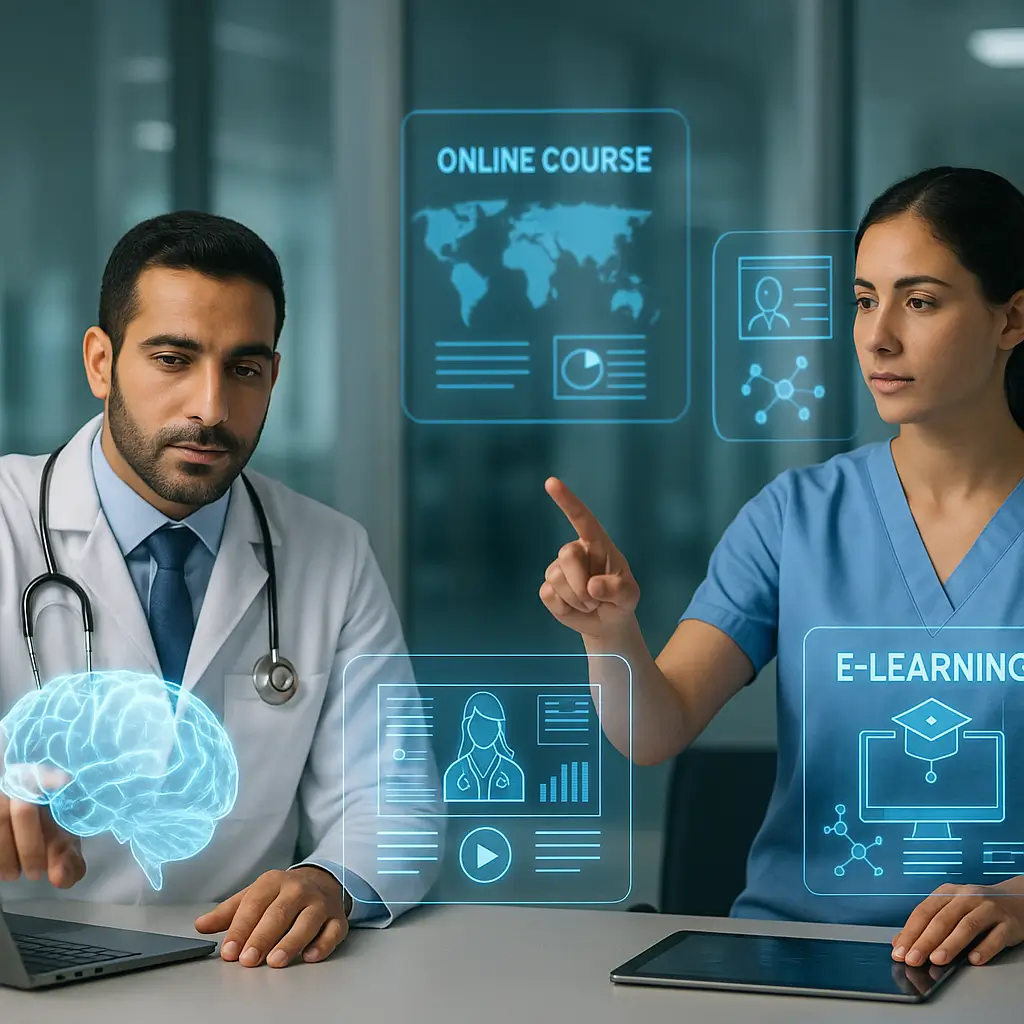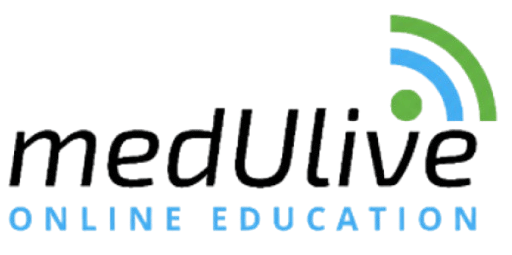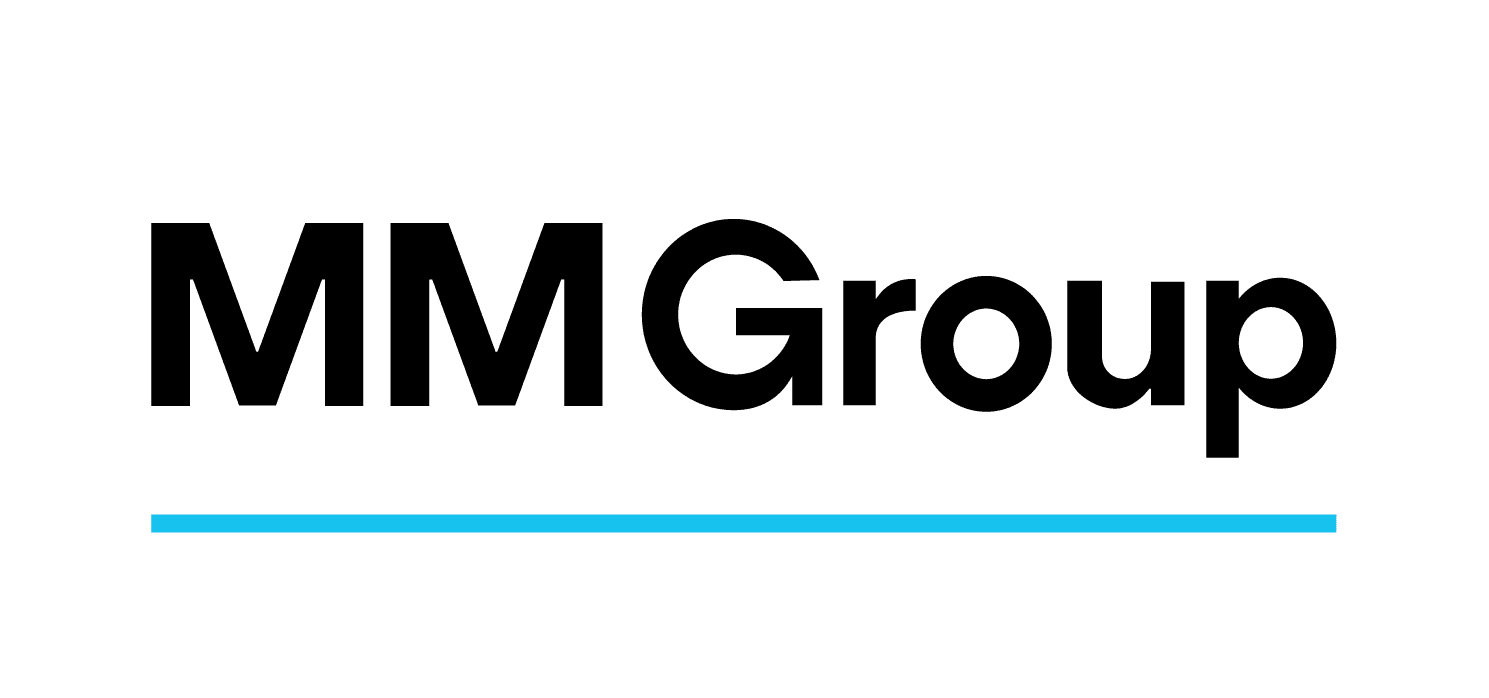Back to Blog
Medical Education
Featured
The Future of Interactive CME: Digital Learning Platforms
How modern learning management systems are transforming medical education delivery and enhancing professional development outcomes.

The Future of Interactive CME: Digital Learning Platforms
As the landscape of medical education evolves, modern learning management systems (LMS) are transforming how continuing medical education (CME) is delivered. These platforms enhance professional development outcomes by providing personalized, accessible, and engaging educational experiences tailored to the needs of busy healthcare professionals.
The Digital Transformation of CME
Continuing Medical Education is experiencing a significant shift from traditional classroom-based learning to advanced digital platforms. This transformation allows for interactive and personalized educational experiences that cater specifically to the demands of healthcare providers.
Modern LMS Capabilities
Adaptive Learning Technologies
Modern LMS harness the power of adaptive learning technologies to create personalized learning paths that address individual knowledge gaps. By utilizing artificial intelligence (AI) algorithms, these platforms can offer intelligent content recommendations and dynamically adjust difficulty levels to ensure optimal challenges. Progression through educational modules is competency-based, allowing learners to advance at their own pace.
Interactive Content Delivery
Interactive content delivery is a hallmark of contemporary CME platforms. They integrate multimedia elements, including videos, simulations, and animations, to enhance the learning experience. Virtual patient encounters provide opportunities for clinical decision-making practice, while case-based learning offers branching scenarios that encourage critical thinking. Real-time assessments with immediate feedback further enrich the educational process.
Social Learning Features
Social learning is vital in today’s CME environment. Platforms equipped with peer collaboration tools and discussion forums foster interaction among learners. Expert-led live sessions with Q&A capabilities allow for real-time engagement, while professional networking opportunities within specialties and mentorship matching programs enhance learning and professional growth.
Platform Integration and Accessibility
Mobile-First Design
A mobile-first design is essential for modern CME platforms, ensuring responsive interfaces across all devices. Offline content access supports learners in areas with unreliable connectivity, while progressive web apps create app-like experiences. Cross-device synchronization allows for seamless learning transitions, enabling healthcare professionals to continue their education anytime, anywhere.
Healthcare System Integration
To maximize efficiency, CME platforms are designed to integrate with existing healthcare systems. This includes connectivity with electronic health records for streamlined workflows, compatibility with hospital credentialing systems, and integration with professional association memberships. Automated reporting for certification tracking further simplifies administrative tasks.
Accessibility Standards
Adhering to accessibility standards is crucial for inclusive learning. Platforms implement universal design principles, offer support for multiple languages, and ensure compatibility with assistive technologies. Additionally, bandwidth optimization allows for effective learning experiences across various connection speeds.
Personalized Learning Experiences
Individual Learning Analytics
Personalized learning analytics track individual progress through detailed performance metrics. These systems identify learning preferences and adapt accordingly, measuring knowledge retention over time and analyzing competency gaps to provide targeted recommendations.
Customizable Content Pathways
Healthcare professionals can benefit from customizable content pathways that include specialty-specific educational tracks, role-based learning objectives, and career stage-appropriate content. Interest-driven elective opportunities allow learners to engage with topics that resonate with their professional goals.
Adaptive Assessment Systems
Adaptive assessment systems are integral to measuring learner progress. Formative assessments are woven throughout the learning experience, while summative evaluations verify competency. Peer assessments and self-reflection tools encourage collaborative evaluation and personal growth.
Quality Assurance and Accreditation
Content Development Standards
Quality content is the foundation of effective CME. This involves evidence-based curriculum development, rigorous expert review processes for accuracy, and regular updates that reflect current best practices. Additionally, measuring outcomes ensures the effectiveness of the educational content.
Accreditation Compliance
CME platforms must maintain compliance with accreditation requirements, including tracking CME credits and automating reporting for maintenance of certification. Effective management of professional development portfolios and audit trail documentation supports compliance verification.
Learning Outcome Assessment
To evaluate the impact of CME, platforms employ techniques for measuring knowledge acquisition, tracking skill development progression, and identifying behavioral changes. Correlating education with patient outcomes provides valuable insights into the effectiveness of training.
Emerging Technologies Integration
Artificial Intelligence Applications
The integration of artificial intelligence into CME platforms enhances the overall learning experience. Natural language processing aids in content curation, while machine learning algorithms facilitate personalized education. Predictive analytics optimize learning outcomes, and chatbots provide learner support.
Virtual and Augmented Reality
Immersive technologies like virtual and augmented reality are revolutionizing CME. These tools offer clinical simulations for skill practice, 3D anatomical models for enhanced visualization, and virtual operating rooms for surgical training. Augmented reality overlays apply theoretical knowledge to real-world scenarios.
Blockchain and Credentialing
Blockchain technology strengthens credential verification and storage, ensuring tamper-proof certification records. It allows for interoperable credit transfers between institutions and facilitates professional portfolio management through blockchain integration.
Global Accessibility and Scalability
International Reach
CME platforms are increasingly focused on global accessibility. This includes the development and delivery of multi-language content, cultural adaptation for diverse healthcare systems, and time zone optimization for live sessions. Compliance with regional educational standards is also essential.
Scalable Infrastructure
Cloud-based platforms offer scalable infrastructure, ensuring reliable performance even during peak usage periods. Content delivery networks facilitate global access, while disaster recovery and business continuity planning protect against potential disruptions.
Cost-Effective Delivery
Affordability is a priority for many healthcare organizations. CME platforms offer various cost-effective delivery models, including subscription options for institutions, pay-per-credit options for individual learners, and bulk licensing for healthcare systems. Freemium models allow access to basic educational content at no cost.
Implementation Best Practices
Change Management
Successful implementation of CME platforms requires effective change management. Engaging stakeholders and securing buy-in is crucial, as is developing and testing pilot programs. Training for administrators and educators, along with ongoing feedback collection, fosters continuous improvement.
Content Strategy
A well-defined content strategy aligns learning objectives with platform capabilities. Establishing multimedia production standards, quality assurance processes for content review, and effective version control ensures the delivery of high-quality educational materials.
User Support Systems
Robust user support systems are essential for promoting learner engagement. This includes help desk and technical assistance, user onboarding programs, self-service knowledge bases, and community support networks.
Analytics and Performance Measurement
Learning Analytics
Utilizing learning analytics allows for the assessment of engagement metrics and participation rates. Tracking completion rates across various content types and measuring time-to-competency can optimize learning pathways. Knowledge retention tracking over extended periods provides insights into the effectiveness of educational interventions.
Institutional Reporting
CME platforms should include compliance dashboards to meet accreditation requirements. Conducting ROI analyses and performance benchmarking against industry standards enables institutions to evaluate their educational impact.
Continuous Improvement
Data-driven decision-making is key to platform enhancement. Incorporating user feedback and planning technology upgrades ensures the content remains relevant and effective. Regular curriculum updates keep the educational experience fresh and engaging.
Future Innovations and Trends
Personalization Advancement
Looking ahead, the advancement of personalization will play a pivotal role in CME. Micro-learning will optimize educational delivery for busy schedules, while just-in-time learning facilitates immediate application of knowledge. Context-aware learning based on current patient cases and predictive content recommendation engines will further enhance the learning experience.
Collaborative Learning Evolution
The evolution of collaborative learning will foster global peer networks and cross-institutional collaboration platforms. Integrating interprofessional education and involving patients in the development of educational content will enrich the CME landscape.
Technology Integration
Future CME platforms will see greater integration with the Internet of Things (IoT) for improved clinical workflow. Wearable technology may track passive learning, while voice interfaces will facilitate hands-free interaction. Biometric feedback can optimize learner engagement.
Measuring Success and Impact
Educational Outcomes
Measuring educational outcomes is essential for evaluating the effectiveness of CME. This includes quantifying knowledge improvement, measuring skill enhancement, and verifying competency achievements. Tracking professional development progression will provide insights into overall impact.
Healthcare Quality Impact
CME's impact on healthcare quality can be assessed through correlations with patient outcomes, measuring improvements in quality metrics, and tracking enhancements in safety indicators. Accelerating the adoption of best practices is vital for patient care.
Return on Investment
Finally, assessing the return on investment for CME initiatives involves analyzing cost savings from efficient delivery, time efficiency gains for healthcare professionals, and improvements in retention and job satisfaction. Reducing training costs and resource requirements further emphasizes the value of effective CME.
"The future of interactive CME lies not in replacing traditional education, but in creating hybrid experiences that combine the best of digital innovation with human interaction. This approach results in more effective, accessible, and engaging professional development."
Conclusion
Digital learning platforms are revolutionizing continuing medical education by offering personalized, accessible, and engaging experiences that fit seamlessly into the demanding schedules of healthcare professionals. Achieving success requires a thoughtful integration of technology with robust educational principles, strong support systems, and a commitment to continuous innovation that meets evolving learning needs.




.webp)




.jpg)